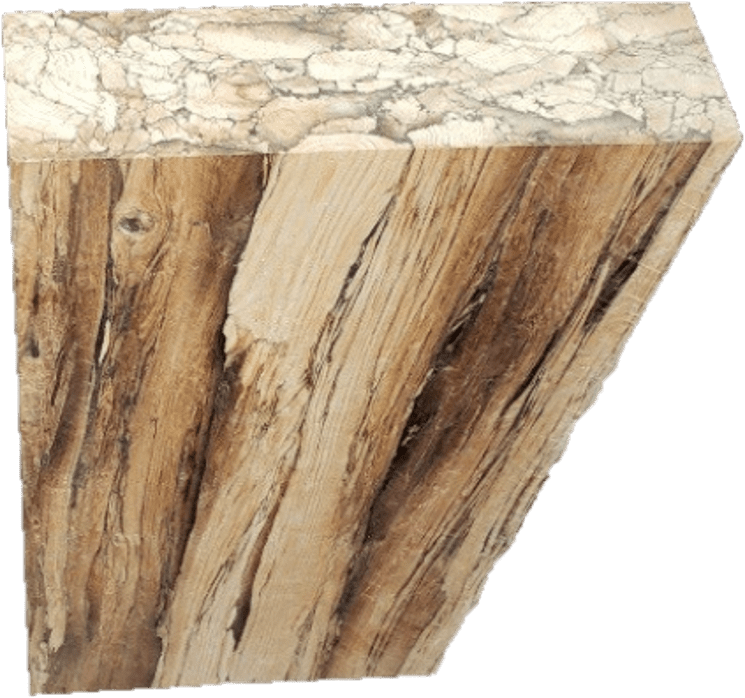Deadwood Innovations, of Fort St. James, in a joint venture with the Nak'azdli Whut'en First Nation, has a unique, pilot-scale mill based in the former Tl'Oh Forest Products mill in the northern B.C. community.
The B.C. government is working with the group to fund the development of a commercial-scale plant that, proponents say, could turn waste wood into commercial lumber.
A key source for the wood is the thousands of trees killed by the mountain pine beetle, which caused the closure of the Tl'Oh mill in 2014.
Deadwood Innovations, the company claims, has developed a patent-pending process that crushes and presses pieces of dried conifers in a way that maintains fibre orientation and length as close to how it naturally occurs as mechanically possible. This intentional fibre arrangement retains the best qualities of natural wood and engineered wood products.
The result is a high-value beetle kill engineered wood product that is free of rot, knots, checks and voids, Deadwood’s president explained.
"Deadwood Innovations and our partners have the expertise and technology needed to modernize B.C.'s forestry industry and create new opportunities in communities like Fort St. James,” said Deadwood Innovations president Owen Miller, a former logger who says waste wood can be made valuable.
The provincial government has provided $200,000 over the past two years to help develop the technology and to build the larger plant.
Design of the new commercial-scale plant is expected to start this September. The technology focuses on using materials left over from logging and forestry, wood damaged by pine beetles, and fire-damaged trees.
By using material that is normally burned in slash piles, it will reduce waste and carbon emissions from the forest sector, according to Miller.
“We can take low quality, small diameter softwoods that are cracked, impacted by pine spruce beetles, or burned in a fire with a layer of charcoal on the outside. Our process doesn’t care,” said Miller. “We can transform that into an engineered wood product that is of varying dimension and density.”
Target species of wood include those that are underutilized, like aspen and northern hardwoods, because they normally don’t have uses that make economic sense.
If it proves commercially viable, it is estimated that the Deadwood plant would provide 25 permanent full-time jobs and 30 part-time or seasonal jobs.



